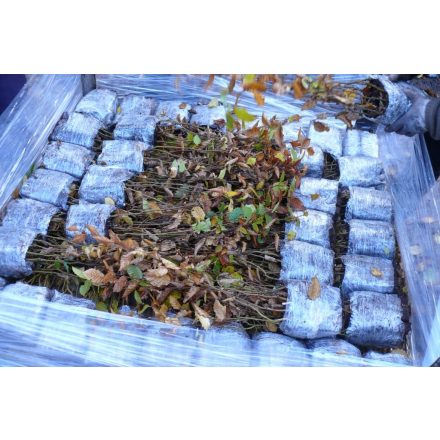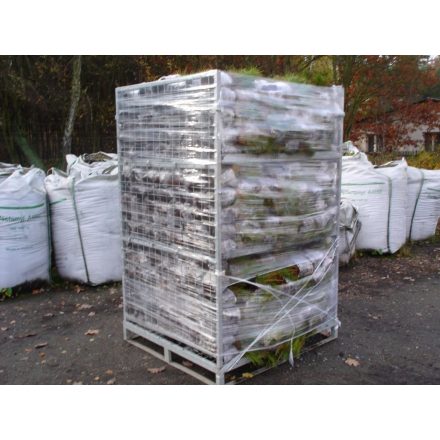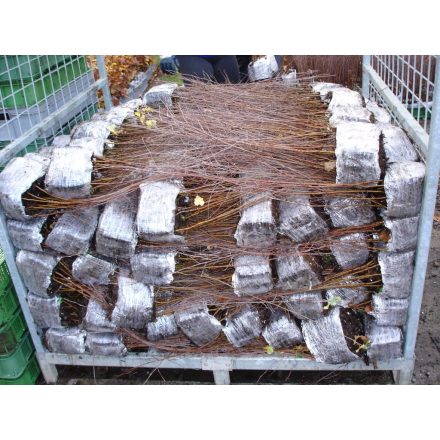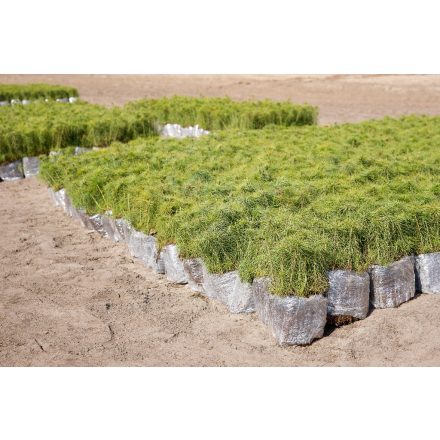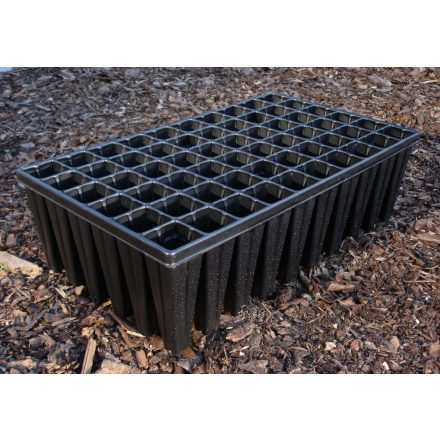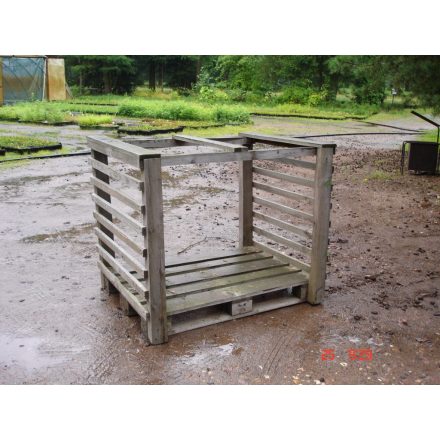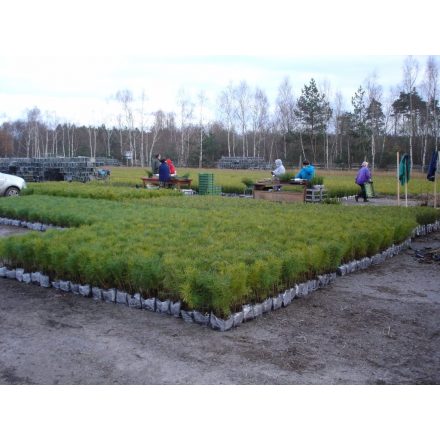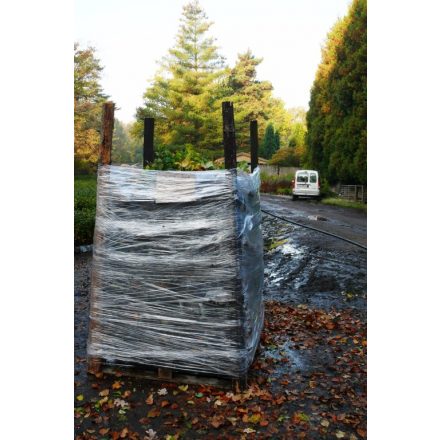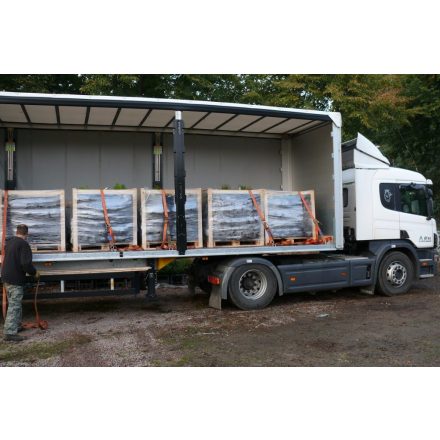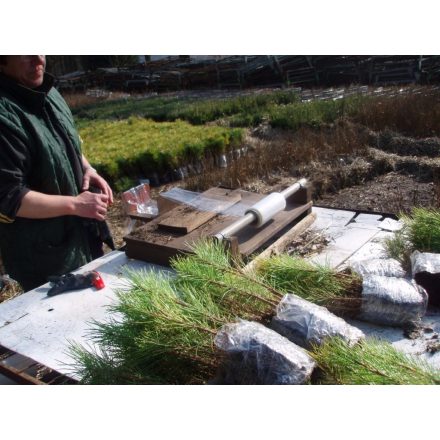QuickPot (QP, ROOT)
Intensive technology for the cultivation of forest tree species the “air cushion” technology.

The LESOSKOLKY s.r.o. company has experience with this technology since 1993. The containers used in this technology are called QuickPots and Rootrainers. These containers are certified, laboratory tested, firm containers.
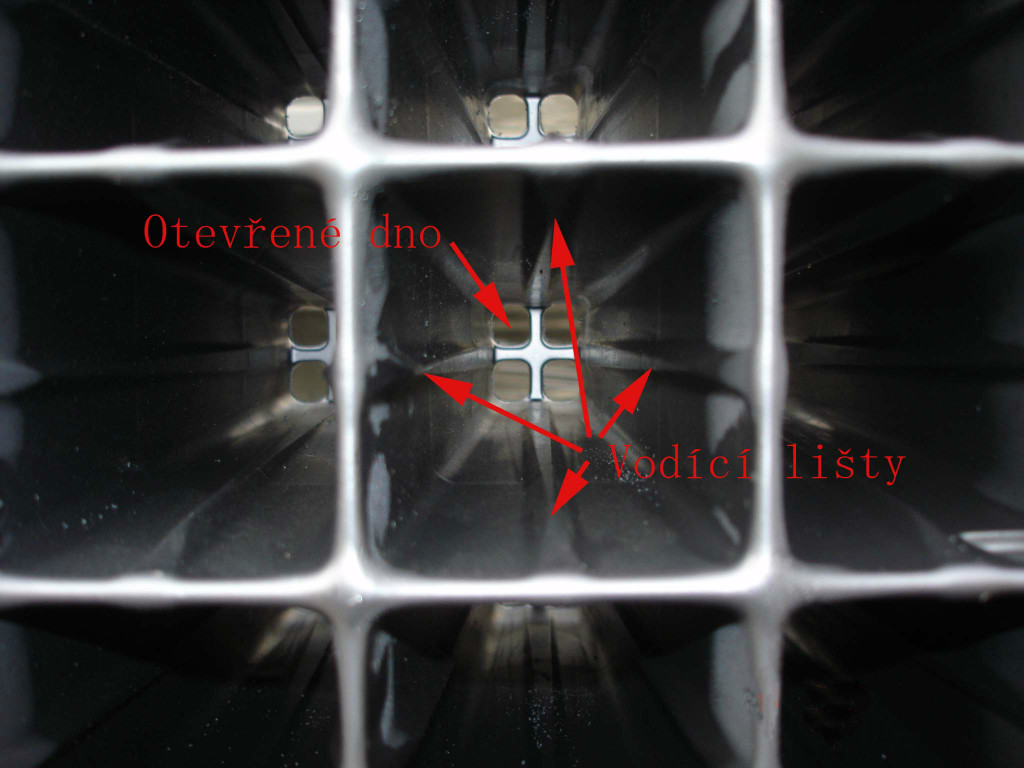
To complete the technology, the containers have to be placed on the frames for cultivation and manipulation reasons. These frames will ensure that the containers stay above the ground and the air can freely flow below the cells. The plants are then grown on so called “air cushions”.
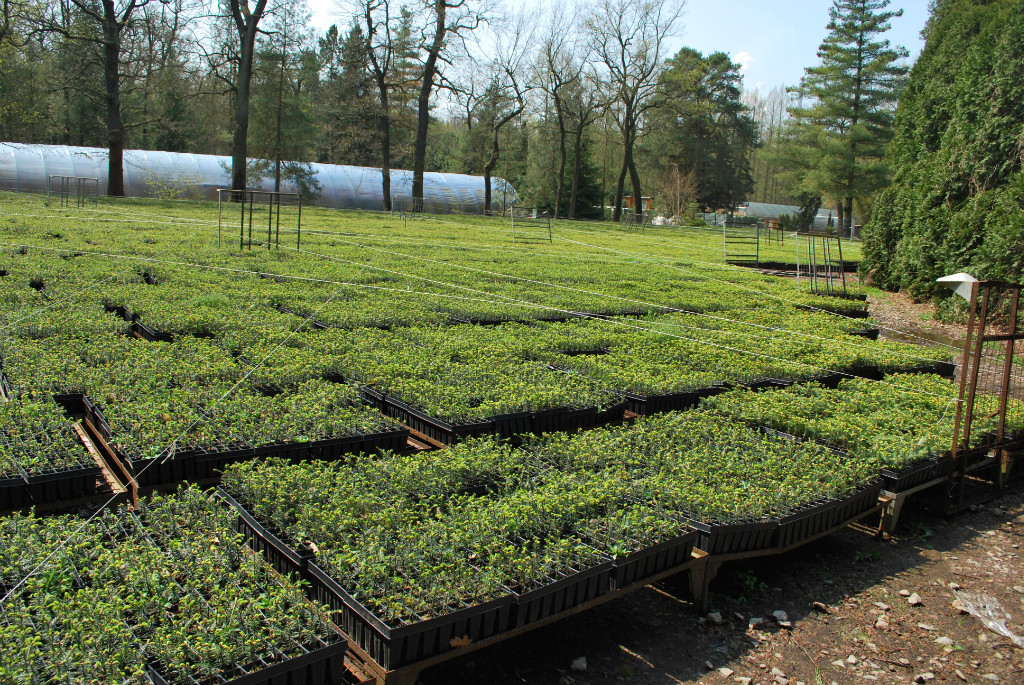
A biological principle of the air cushion is that the roots grow through the opened bottom of the cell and dry out thanks to the air (they are so called “cut by air”). It means that this is a form of undercutting, after the outplanting takes place from the place of drying more new roots.
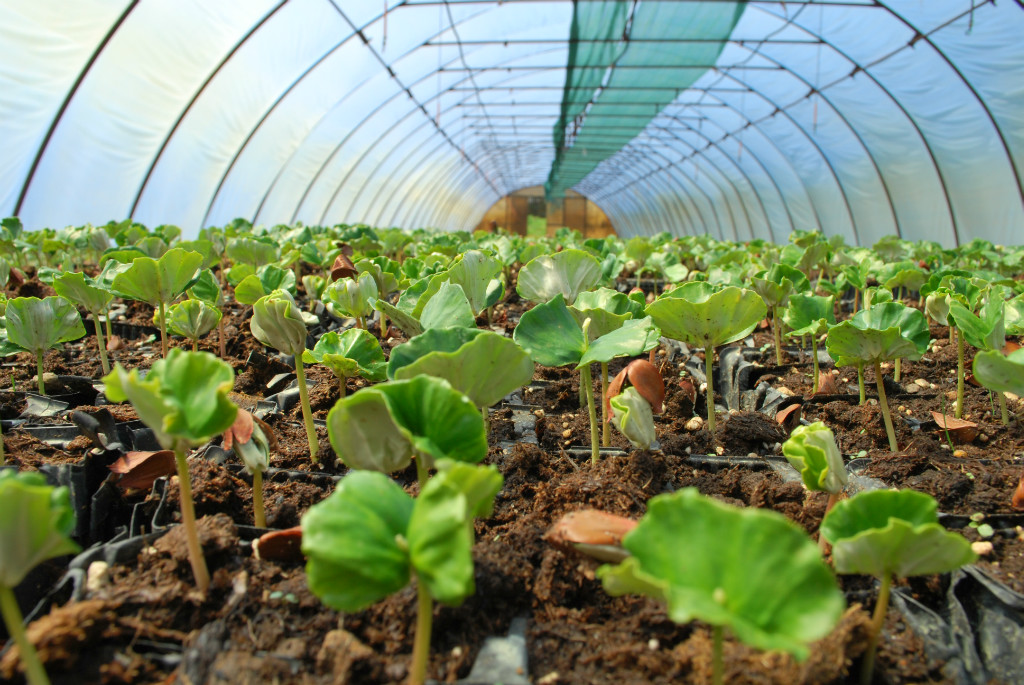
The plants in the containers start their growth in the foil tunnels which ensure the optimal condition for the growth of plants. From the foil tunnels the plants are relocated to the outside stations to acclimatize and to ripen.
The growing medium is a turfy substrate of our own recipe.
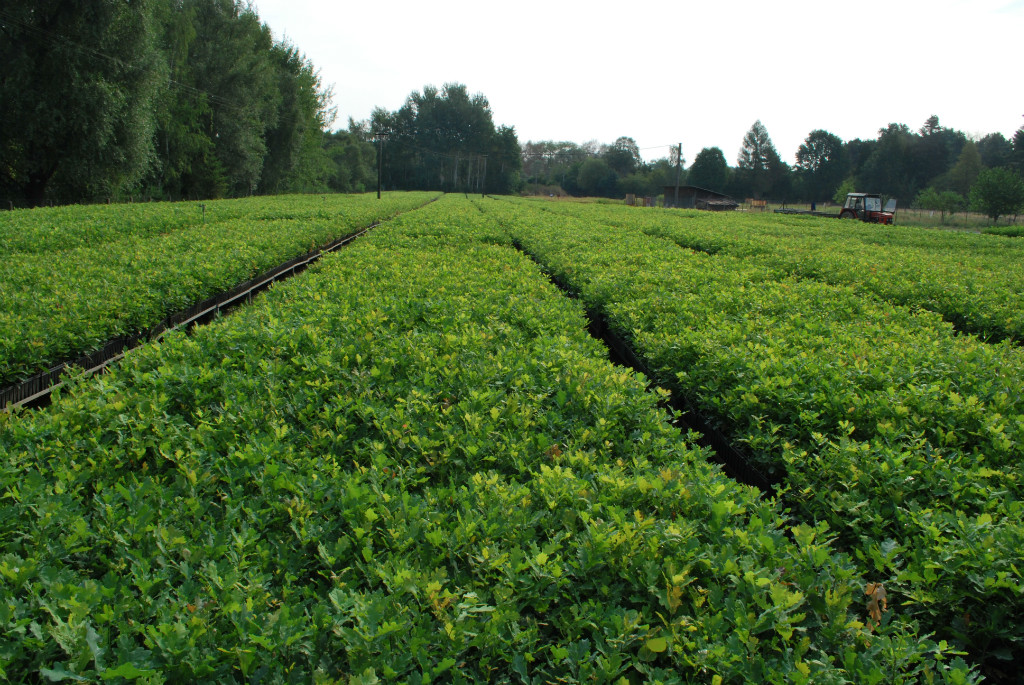
This is an intensive growth technology. The duration of growth will shorten from the common two years to only one year (in the case of broadleaves) and from 2-4 years to 1,5 year (in the case of conifers). At the same time, it is a very difficult technology where it is absolutely necessary to obey all the technological procedures and to have constant supervision.
The advantages of air-pruned planting material
- Shortening the growth time to react more flexible to the demand and in case of necessity during the reforestation after calamities.
- Faster and easier planting.
- The possibility of whole-year reforestation – labour can be done more effectively and ensure bigger volumes of forest regeneration.
- Protection of the roots during manipulation and dispatching followed by lower shock from transplanting, higher percentage of plant survival and faster regeneration after outplanting
- Faster growth of the air-pruned plants, shortening of the fundamental care of the planted trees.
- The possibility of more effective application of repellents against biotic pests already made in the nursery before the dispatch.
- Possible decrease of minimal hectare amount of plants used by reforestation (up to 20 %).
Disadvantages
- Higher price.
- Higher manipulation and dispatch costs.
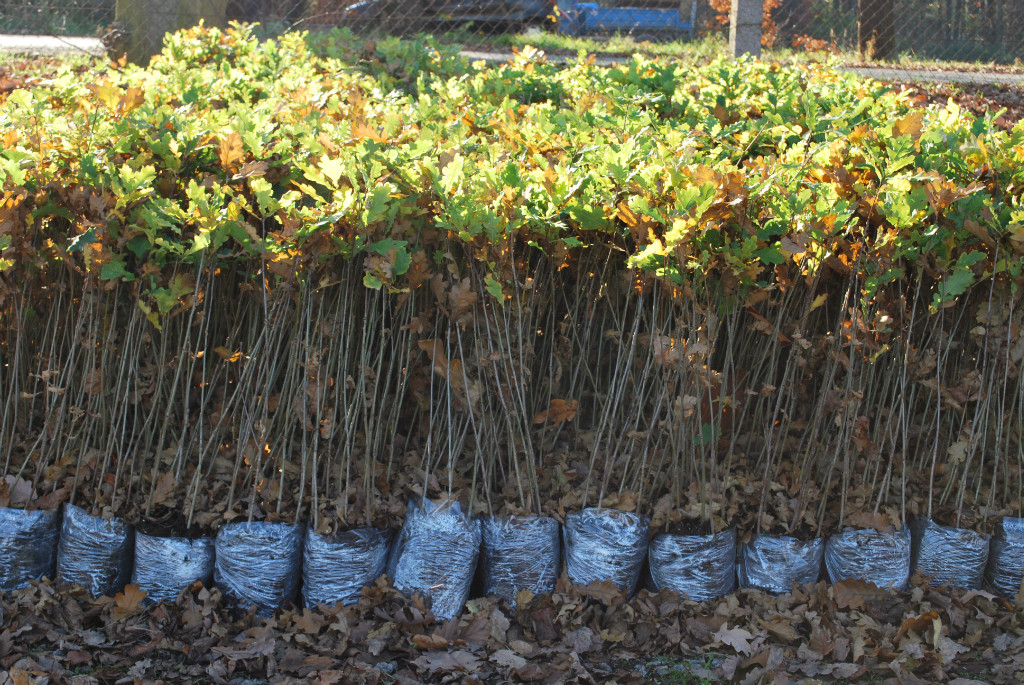
The higher purchase price of the air-pruned plants can be misleading. The total costs for reforestation have to be counted till the plantation is established. On many stations these total costs are much lower than using bare-root planting.
The use of air-pruned planting

The air-pruned planting can be used the same way as the bare-root planting, i.e. for forest regeneration and afforestation, forestry recultivation, for outplanting of Christmas trees and increasingly also as rootstock material for gardeners.
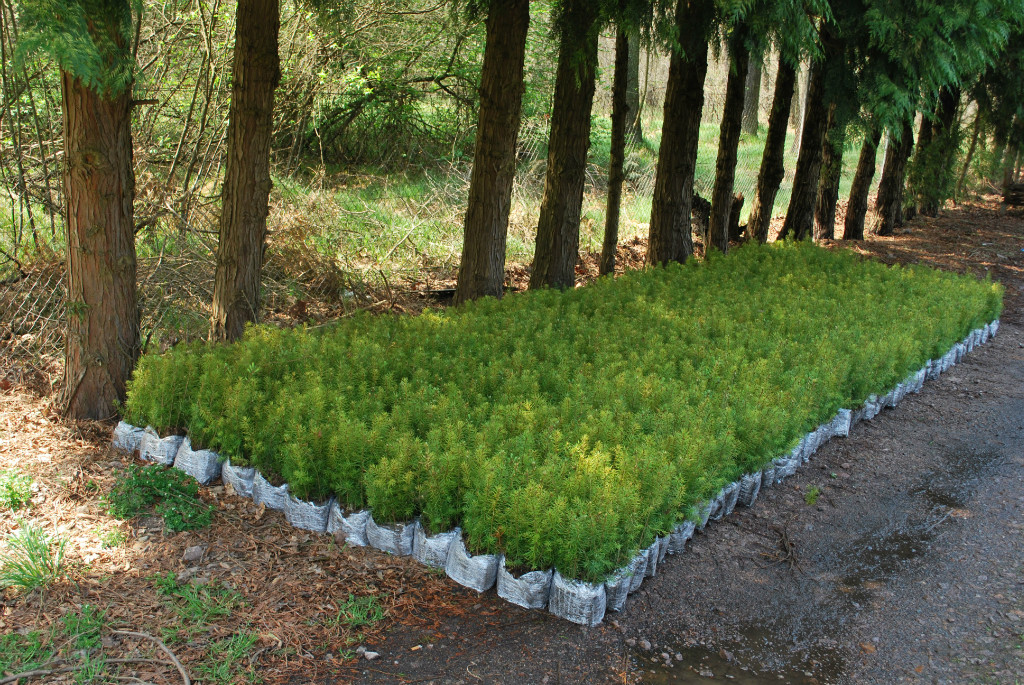
The air-pruned material has some fundamental advantages compared to bare-root planting. It can be used for forest regeneration and afforestation almost during the whole year (except for the frozen period). It can be planted at the extreme stations where bare-root planting has no chance to survive. The other positive reasons are the higher percentage of survival, the better and faster growth, an increase in labor hygiene etc.
Assortment
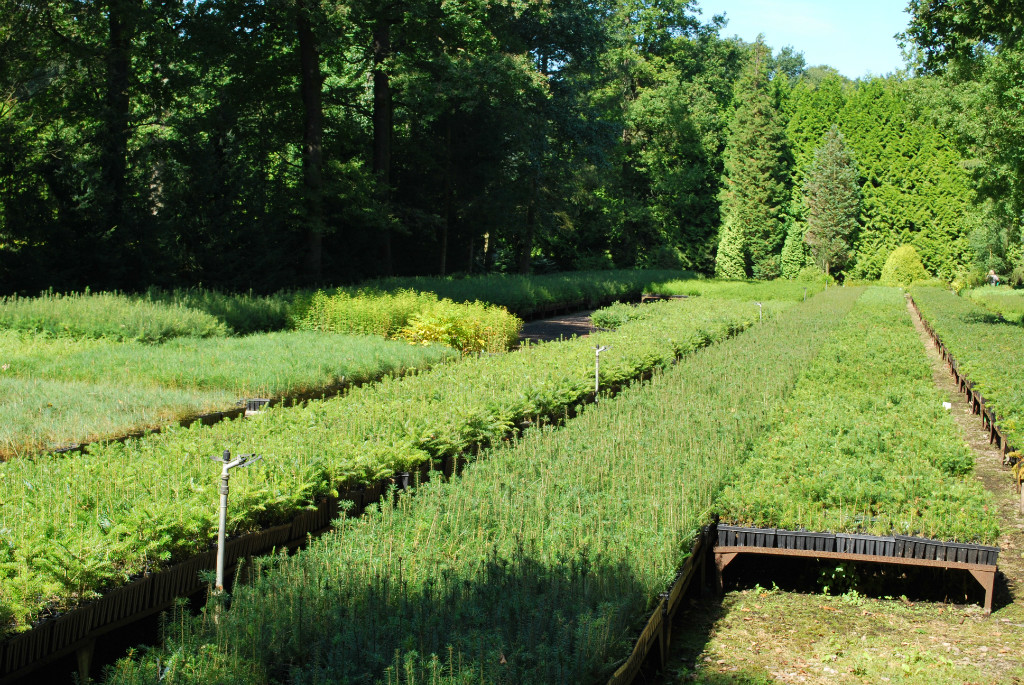
In air-pruning technology, seedlings, plants and large-size plants in the whole assortment of tree species used for forest regeneration and afforestation (in wide range of provenances) are produced. Furthermore, ornamental species, rootstock material for burgeoning and shrubs for outplanting of habitat corridors, bio-centers etc. can be cultivated in the containers.
In the volume of our company production, air-prune technology makes up about 15% of grown plants.
Dispatch and transport
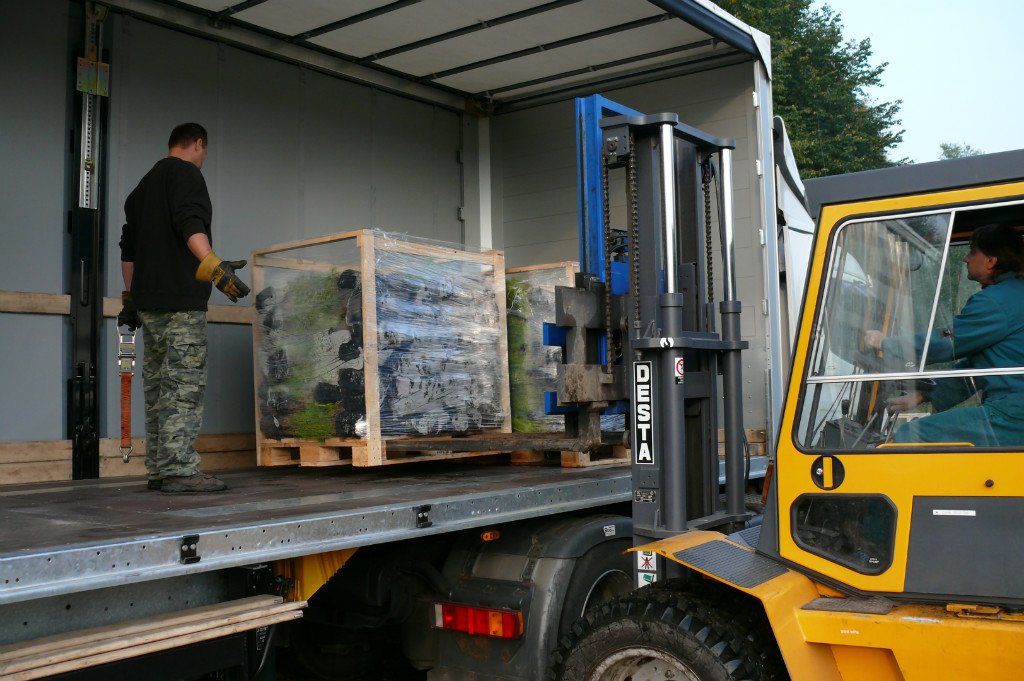
The dispatching of air-pruned planting material takes place during the whole year (except for the frozen period of a year) according to the wish of the customer. Air-pruned seedlings and plants are packed in packages of 12 or 15 pieces.
The packages are transported freely or they are stacked onto the transport pallets on the mean of transport.
The transport costs are covered by the customer. On demand, transport can be organized by us or by our transport partners.
How many plants will fit into the individual means of transport?
| Means of transport | Plants with cell volumes of 150-300 ccm |
|---|---|
| Personal motor-car | to 500 pcs. |
| Car-trailer 2 x 2,5m | to 3 000 pcs. |
| Van | to 10 000 pcs. |
| Cargo truck up to 3,5 t | to 25 000 pcs. |
| Cargo truck up to 7,5 t | to 50 000 pcs. |
| Semi-trailer truck | to 150 000 pcs. |
On demand, the plants can be treated by any recommended pesticides.
How many plants are contained in one pack?
One pack of air-pruned plants contains 15 or 12 plants (depending on the size of the containers used).
What is the weight of one pack?
One pack of air-pruned plants weighs approx. 1,6-1,8 kg.
Selected pictures
Other pictures of our produciton areas, material of this technology can be found in our gallery. Have a look to our offer for specific species.




